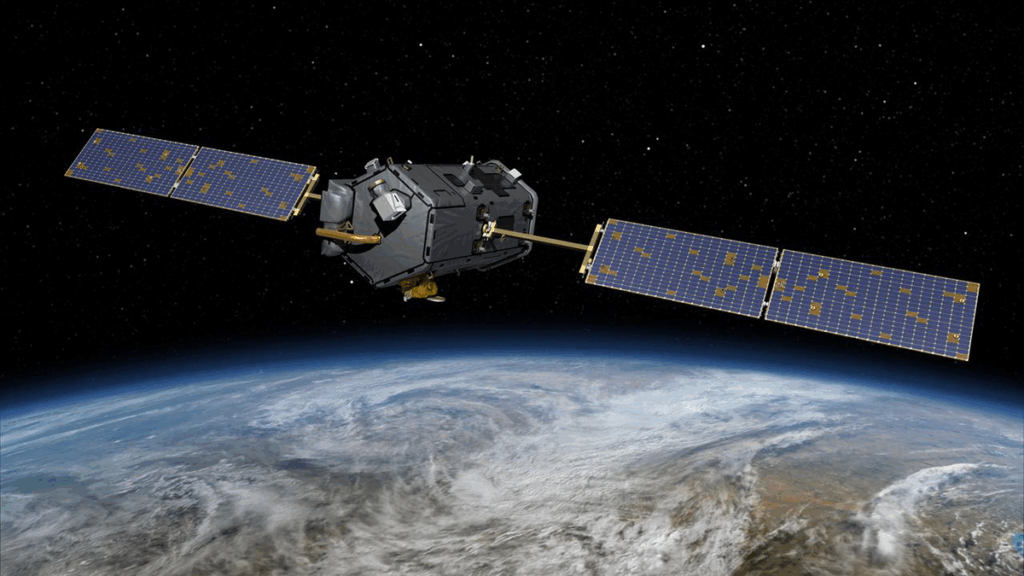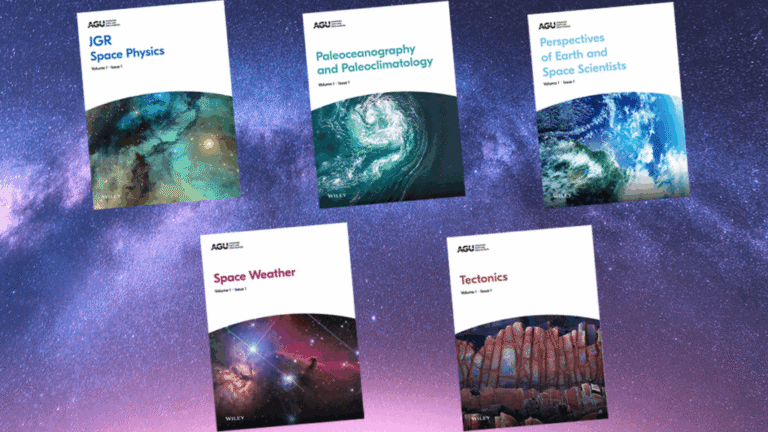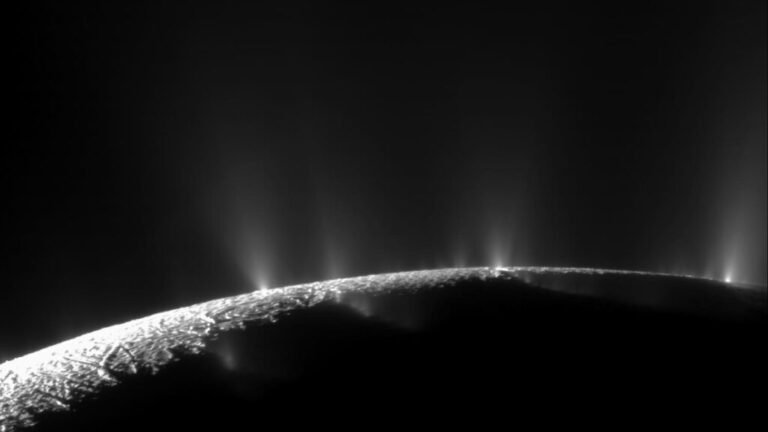

Editors’ Highlights are summaries of recent papers by AGU’s journal editors.
Source: AGU Advances
What better way to study an entire planet’s monthly exchange of CO2 between the atmosphere, oceans, and land than to position a satellite in space that measures these swings in the atmosphere’s CO2 on a daily basis? We’ve had that tool, NASA’s Orbiting Carbon Observatory-2 (OCO-2), since 2014, and it has yielded an impressive body of science, demonstrating the impacts of natural and human-induced changes in emissions and sinks of CO2, including large-scale fires, ocean warming, and the economic shutdown during the COVID-19 pandemic.

In addition to unprecedented frequency of global CO2 measurements, it also provides spatial resolution that enables attribution to changes of sources and sinks across latitudes and continents. This science is driven, in part, by concerns about climate change, but even if we take climate out of the equation to remove political implications, the basic science of understanding the Earth’s carbon cycle has advanced tremendously by this extraordinary tool in space.
Pandey [2025] likens the possible premature decommissioning of this satellite to removing stethoscopes from medical doctors’ toolkits, and yet that is precisely what the current U.S. Administration’s proposed 2026 budget would do. This commentary elegantly describes what has been learned from the OCO-2 mission and how it can inform policy; it should be mandatory reading for anyone, from members of Congress to their constituents, who could possibly influence funding for the OCO-2 mission.
Citation: Pandey, S. (2025). Taking Earth’s carbon pulse from space. AGU Advances, 6, e2025AV002085. https://doi.org/10.1029/2025AV002085
—Eric Davidson, Editor, AGU Advances
Text © 2025. The authors. CC BY-NC-ND 3.0
Except where otherwise noted, images are subject to copyright. Any reuse without express permission from the copyright owner is prohibited.


